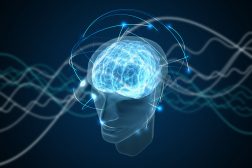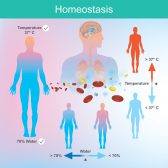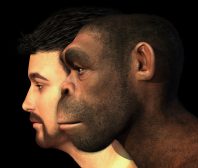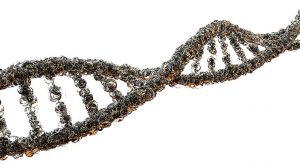Definition
noun, plural: laryngopharynges, laryngopharynxes
The caudal part of the pharynx, connects to the esophagus
Supplement
The pharynx is the cavity at the back of the mouth. It is located behind the mouth and the nasal cavity the esophagus and the larynx. The human pharynx is comprised of three sections: (1) the nasopharynx, (2) the oropharynx, and (3) the laryngopharynx. The laryngopharynx is the caudal part and the largest part of the pharynx. It is found below the oropharynx, and inferior to the epiglottis. It connects to the esophagus posteriorly. It has three main regions: the pyriform sinus, the postcricoid area, and the posterior pharyngeal wall, and is innervated by the pharyngeal plexus. The vasculature of the laryngopharynx includes the superior thyroid artery, the lingual artery and the ascending pharyngeal artery. The laryngopharynx serves as a passageway for food and air, particularly where food and air should pass to the proper locations, i.e. food, into the alimentary canal, and air, into the respiratory pathway.
Word origin: laryngo– (larynx) + pharynx
Also called:
- hypopharynx
- laryngeal pharynx
- pars laryngea pharynges (Latin)
See also:
Related form(s):
- laryngopharyngeal (adjective, i.e. of, pertaining to laryngopharynx)
Mentioned in:







